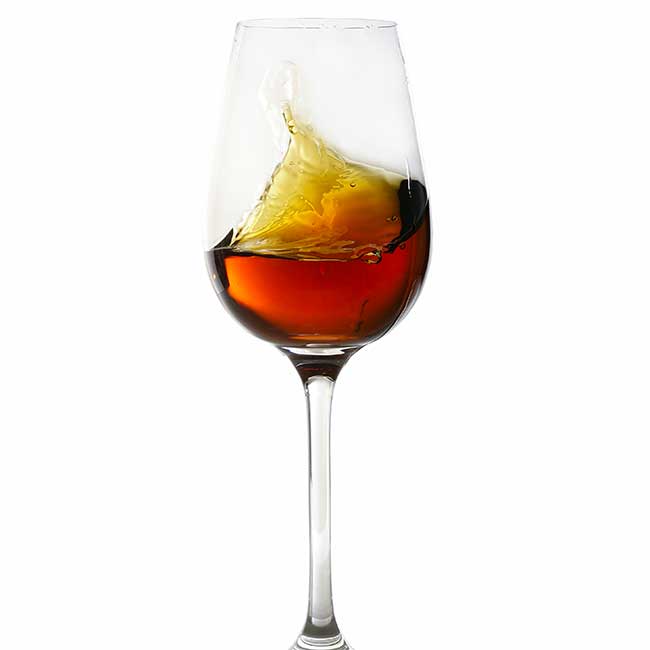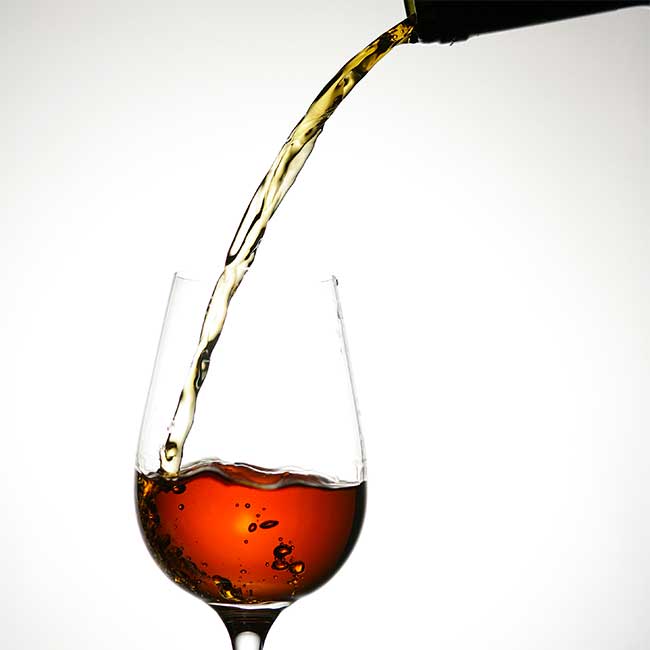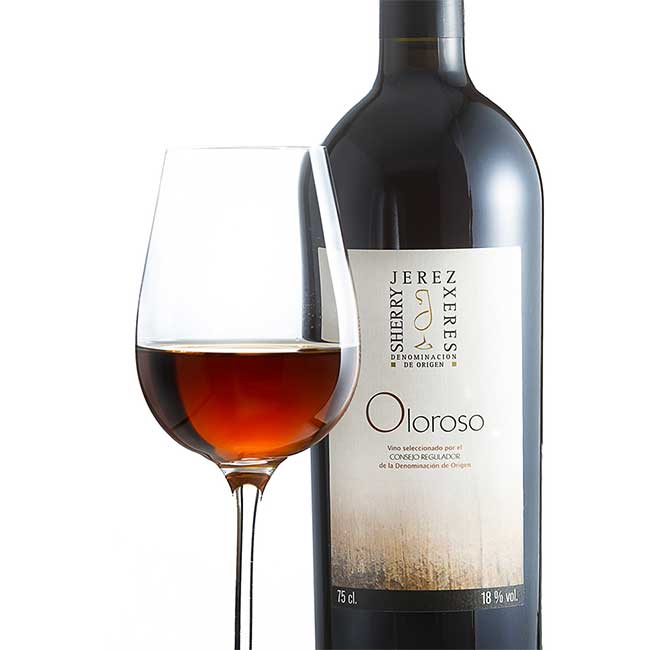.png.transform/rendition-xs/image_image%20(1).png)
The Oxidatively Aged Wines of Oloroso Sherry
Today we can confidently define Oloroso as the only style of dry sherry that has never been aged under a layer of flor yeast. Signature notes may include walnuts, caramel, toffee, exotic spice, dried apricot.... discover why in this article.
Having provided an overview of Sherry production, followed by an in-depth look at biologically aged wines and Amontillado wines, we’ll now turn out attention to the opposing style of Oloroso.
Today we can confidently define Oloroso as the only style of dry sherry that has never been aged under a layer of flor yeast. This absence of flor means there is a much greater presence of O2, which leads to a period of oxidative ageing that will be described below. While it’s true that wines produced in this fashion have been around longer than biologically aged Finos and Manzanillas, the exact origins of Oloroso are less clear.
The “sherry” that garnered fame in 16th century Elizabethan England is known to history as sack, a term so popular it was eventually extended to other white wines imported from Spain, including Málaga sack and Canarie sack. While descriptions of Elizabethan Sherry sack are vague, sherry expert Julian Jeffs states that the wine was definitely fortified and most likely sweetened. However, as explained by César Saldaña, the General Manager of the Reguladtory Council of the D.O. Jerez-Xérès-Sherry, these wines were aged no longer than a year before being exported. The law that prohibited shippers from storing wines past the following harvest remained in place til the late 18th century, and the styles of Sherry produced prior to this date would have had little in common with the modern-day versions.

Once the law was overthrown however, two major innovations would emerge: the famed solera and criaderas system and the construction of the region’s cathedral-like bodegas allowing larger amounts of wine to be aged for greater amounts of time. Only then could an oxidative style of S herry start to be produced on a regular basis, giving shape to the different wine styles that we recognize today, which brings us back to our Oloroso.
The use of the word “Oloroso” to describe this oxidative style was well established by the 19th century, yet the wine’s exact definition depended on who was producing it, with the most obvious deviation being varying levels of sweetness. Even today, a few remaining historic brands of Oloroso are still softened by more than a shade of sweet Pedro Ximénez. It was the founding of the Consejo Regulador in the mid 1930s however that put stricter definitions in place for the standard terms used today.
The Production and Style of Oloroso Today

As with Fino and Manzanilla, Oloroso starts life as a dry white wine of roughly 11-12% abv, made from the white grape Palomino. Following harvest, the more delicate free-run juice is preferred for biologically aged wines, while the heavier press juice, which contains a bit more flesh from greater contact with grape skins and tannins, results in a fuller-bodied style more suitable for Oloroso.
Once this juice has been fermented into a base wine, it’s fortified to a minimum of 17% abv, which is too toxic for flor yeasts to survive, thus preventing a film from forming on the wine’s surface. The young fortified wine is later incorporated into an Oloroso solera system, in which the oak casks are only ever 5/6th full, leaving a substantial gap filled by oxygen. This exposure to O2 transforms the wine’s color to amber and eventually mahogany while promoting the development of the wine’s pronounced oxidative aromas – the translation of Oloroso is in fact “fragrant” or “perfumed”. Signature notes may include walnuts, caramel, toffee, exotic spice, dried apricot, cedar, leather, tobacco and especially flavors of noble wood in older examples.
On the palate Oloroso provides another striking contrast to Fino and Manzanilla, displaying a much rounder texture and with greater weight. There are several reasons for this. Firstly, Olorosos contain a higher degree of alcohol, which only increases during cask ageing due to the evaporation of water, rising to as high as 20-22% abv. The loss of water also concentrates and heightens flavor intensity, which further adds to the perception of body. Furthermore, unlike biologically aged wines whose glycerol is completely consumed by flor, Olorosos retain of all their glycerol. As with other components, the oily nature and faintly sweet taste of glycerol is likewise concentrated through cask ageing. In older examples, levels can be almost twice as high as those found in still wines, giving Olorosos a slight perceived sweetness that balances the wine’s intense savoriness and bone-dry character.
The Average Age of Oloroso

Like all sherries, Oloroso must have an average age of at least 2 years in barrel before being sold. Having said that, as César Saldaña pointed out, it’s very difficult to find examples in the market with an average age of less than 6 years, as the aromatic profile of an Oloroso can only be achieved after significant time in cask.
While these “younger” examples can offer excellent value, far older and more complex wines have always existed, often hidden from the public eye. However, to give official support and greater recognition to these regional treasures, as well as to contribute a certain cachet to the sherry industry as a whole, in the year 2000 the Regulatory Council introduced a system to certify these older age-designated wines.
Among these new certifications, the two most prestigious labels are V.O.S. and V.O.R.S., representing wines with an average age of at least 20 and 30 years respectively. Having passed both a tasting panel and lab analysis, a special seal is awarded that appears on the back of bottles.
These spectacular wines are produced in extremely limited quantities, and each bodega must retain a certain percentage of existing stock in the corresponding solera to guarantee the wine’s continuity and average age (i.e. 20 liters of V.O.S. wine in stock for every 1 liter of wine bottled). Many soleras were started decades ago, some as far back as the 19th century. In theory, no barrel is ever emptied completely, which means that however tiny the amount, there is always some of the oldest wine in the final blend. This is an alluring idea that connects us to past generations who perhaps enjoyed a few drops of the same wine we have in our glass. Something to think about the next time you pour yourself an Oloroso.
Text: Nygil Murrell

